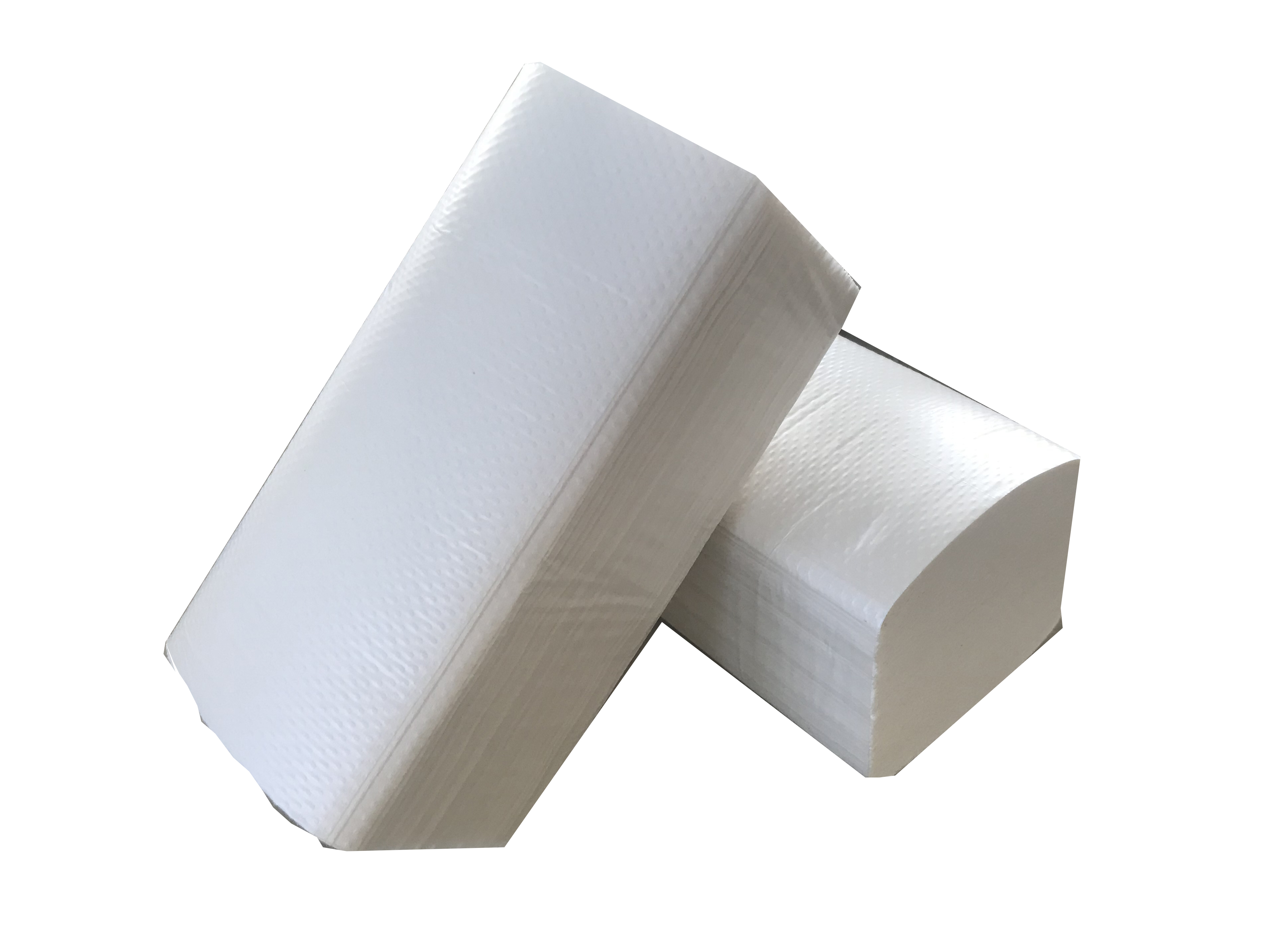Views: 0 Author: Site Editor Publish Time: 2025-07-22 Origin: Site
The world we live in today is built on industries that power daily life, and one of the unsung heroes of modern civilization is the pulp and paper industry. From the paper in your notebook to the packaging that keeps your products safe, the influence of this industry is everywhere. This article takes an in-depth look at what pulp and paper entail, touching on production processes, industry importance, and benefits, while also answering frequently asked questions to provide readers with a complete understanding.
Pulp and paper refer to the group of processes in which wood or other raw materials, such as recycled paper or plant fibers, are converted into useful paper products. The term "pulp" describes the fibrous material formed after breaking down raw materials, which then serves as the base for a wide range of paper items.
This industry is critical to global economies and societies, producing items such as office paper, tissue paper, cardboard packaging, and specialty papers that serve varied needs. The pulp and paper industry is also a significant contributor to the global economy, particularly in regions like North America, Europe, and Asia-Pacific, where demand for these materials continues to thrive.


To better understand what makes pulp paper significant, it’s important to look at the steps involved in its production. Below is a simplified overview of the main processes:
The first step involves sourcing the raw materials, which could include:
Wood (softwood or hardwood) Recycled paper for eco-friendly products
Agricultural residues like bagasse or straw
Once the raw material is collected, it is broken down into fibers through mechanical or chemical processes.
Uses machines to grind wood into pulp. Produces strong but less glossy paper, often used in newspapers.
Utilizes chemical solutions to remove lignin (a natural glue-like substance in wood). Results in finer fibers, ideal for printing papers.
Pulp is whitened to produce paper with the desired brightness and purity, catering to everything from office documents to luxury packaging.
The refined pulp is then turned into paper by pressing, drying, and rolling it into large sheets that can later be cut as needed.
Manufacturers add coatings or prints to create final products ready for customers. Examples include glossed magazine covers or waterproof food packaging.
The versatility of pulp paper is astounding. Below is a table that describes key product categories and their uses:
Product Category | Examples | Applications |
|---|---|---|
Packaging Materials | Cardboard, Kraft Paper | Shipping boxes, food packaging, protective wrapping |
Writing and Printing Paper | Office Paper, Books, Magazines | Communication materials, educational resources |
Tissue Paper | Toilet Paper, Tissues | Personal hygiene, sanitation |
Industrial Applications | Specialty Filters, Insulation | Automotive filters, building insulation |
Eco-Friendly Alternatives | Recycled Paper Products | Sustainable packaging, biodegradable items |
The pulp and paper industry underpins a significant portion of both the industrial and consumer economy. Highlighted below are some of its key contributions:
This industry employs millions of people worldwide and contributes considerably to GDP growth in resource-rich regions.
With growing concerns around environmental impact, the industry is evolving rapidly. Advancements in eco-friendly production, like renewable energy usage and recycling, are reducing its carbon footprint. For example, many companies now focus on producing recyclable and biodegradable packaging materials to meet consumer demand.
Daily life would be unrecognizable without this industry, which supports education, packaging, and healthcare through its products.


A. Pulp and paper encompass the processes of creating paper materials, with pulp being the raw fibrous material derived from wood, recycled products, or plant fibers.
A. Pulp paper is created by breaking down raw materials into fibers through mechanical or chemical processes, bleaching them, and then pressing and rolling the material into sheets to produce paper products.
A. Various items are produced, such as cardboard packaging, office paper, tissues, paper towels, and specialty papers used in industries ranging from healthcare to construction.
A. Efforts to enhance sustainability have significantly progressed, with many companies adopting renewable resources, recycling, and energy-efficient processes to lessen their environmental impact.
A. Beyond its role in economic development and job creation, this industry enables essential aspects of daily life, such as communication, packaging, and hygiene, while pioneering eco-friendly solutions.
Modern advancements and challenges are continually reshaping the pulp and paper industry. Here are some important trends to watch:
Consumers are increasingly seeking sustainable materials, driving companies to create recyclable and biodegradable alternatives.
Automated systems and advanced machinery are helping manufacturers improve efficiency and reduce waste.
Many manufacturers are integrating recycling into their operations, maximizing reuse and minimizing raw material waste.
Companies are exploring alternatives to nonrenewable inputs, including agricultural residues or innovative biodegradable materials.


If you are looking for reliable products and expertise in the pulp and paper industry, Baoda Paper stands as a trusted name. The company specializes in crafting high-quality products that align with modern sustainability standards while meeting diverse customer needs. Whether you need tissue paper, packaging materials, or specialty papers, Baoda Paper offers unmatched quality and service tailored to your requirements.
For inquiries, reach out to Baoda Paper directly. They’d be happy to assist you with solutions you can depend on:
Email: sale@baodapaper.com
Phone: +86-750-6895212
The importance of pulp paper, as well as the broader pulp and paper industry, cannot be understated. From everyday paper products to sustainable innovations, this industry plays a vital role in shaping our world. Whether you’re looking to source high-quality paper for personal or professional use, Baoda Paper is a reliable partner to turn to. Explore their offerings today and experience the difference of expert craftsmanship and commitment to sustainability.
| | Address: Xinyuan Industrial Development , Xinhui District , Jiangmen City, Guangdong province , China |
| | Custom Support & Sale: +86-750-6895212 |
| | phone: +86-13380963281 |
| | E-mail: sale@baodapaper.com??????? |